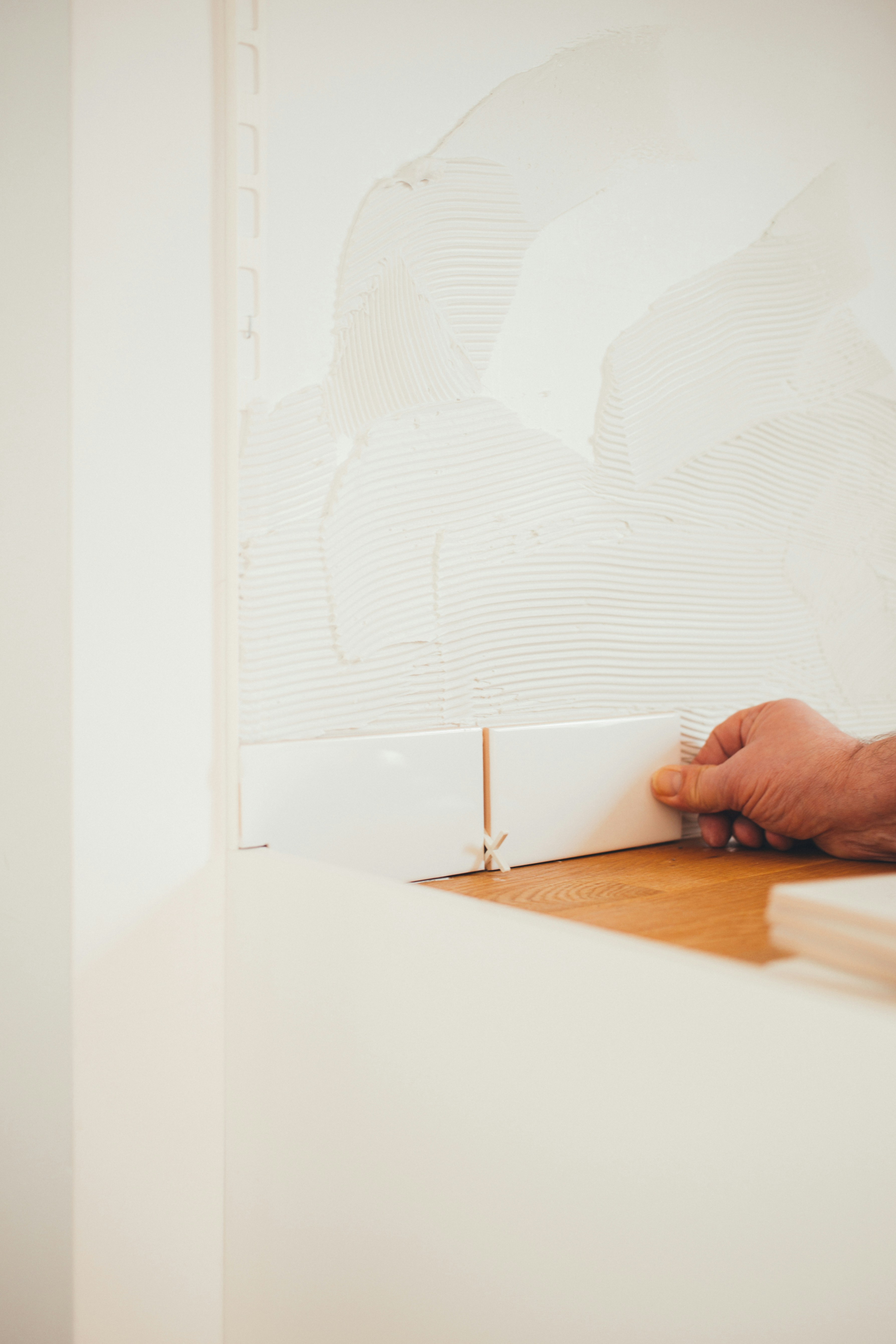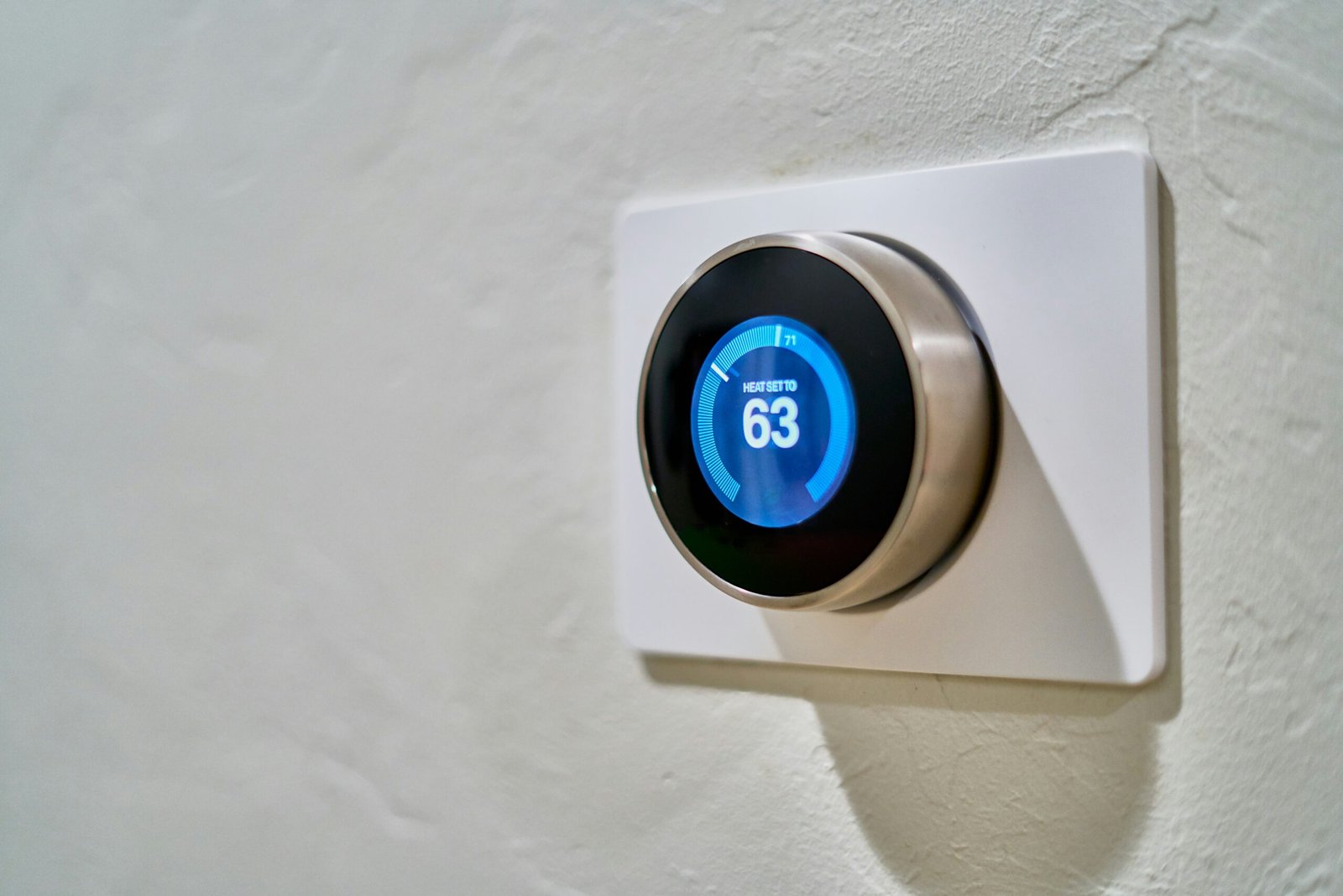Understanding Insulation: The Basics
Insulation is a crucial component in residential buildings, serving the primary purpose of minimizing heat transfer between the inside and outside environments. By creating a barrier, insulation enhances energy efficiency and maintains comfort within the home. Proper insulation plays a vital role in ensuring that the interior temperature remains stable, which is especially important in the varied climate of Indiana.
One key term often heard in discussions about insulation is “R-value.” R-value is a measure of thermal resistance, evaluating an insulation material’s effectiveness in resisting heat flow. The higher the R-value, the better the material’s insulating properties. Homeowners should consider R-values when selecting insulation types, as different areas of the home may require varying levels of thermal resistance to maintain energy efficiency.
Various types of insulation exist, including fiberglass, foam board, cellulose, and spray foam, each offering unique benefits and applications. Fiberglass insulation, for instance, is commonly used in attics and walls due to its affordability and effectiveness. Foam board insulation, on the other hand, is often utilized for basement walls and exterior sheathing, providing superior thermal protection. Cellulose, made from recycled paper products, is an eco-friendly option that fits well within wall cavities and attics, while spray foam insulation expands to fill gaps and cracks, serving as both an insulator and an air sealant.
Additionally, air sealing is another vital aspect of insulation. This process involves identifying and sealing leaks around windows, doors, and other openings to prevent heated or cooled air from escaping. By ensuring the home is air-tight, homeowners can significantly enhance the overall effectiveness of their insulation system. In Indiana’s climate, where harsh winters and humid summers are common, proper insulation and air sealing not only ensure comfort but can also lead to significant cost savings on energy bills.
Different Types of Insulation Materials
Insulation materials play a critical role in enhancing the energy efficiency of homes, especially in regions like Indiana, where fluctuating temperatures and varying humidity levels are prevalent. Several types of insulation can be utilized, each with its distinct properties, benefits, drawbacks, and ideal application scenarios.
Fiberglass insulation is one of the most common options. It consists of tiny glass fibers and is available in batts, rolls, or loose-fill forms. Fiberglass is known for its excellent thermal resistance, affordability, and fire-resistance capabilities. However, it may require protective gear during installation, as the tiny glass particles can irritate the skin and lungs. Its effectiveness can be influenced by moisture levels, making it less suitable for areas of the home that experience high humidity.
Foam board insulation offers a rigid yet lightweight option that provides high thermal resistance per inch of thickness. It is ideal for basement walls, exterior walls, and roofs, especially in Indiana’s cold winters. While foam board insulation is moisture resistant and helps prevent thermal bridging, it can be costlier than fiberglass, and its use may be limited to specific areas.
Cellulose insulation, made from recycled paper products, presents an eco-friendly alternative. It effectively resists air leakage when properly installed and offers enhanced sound dampening properties. However, cellulose can absorb moisture, which might lead to mold issues if installed in humid locations without adequate vapor barriers.
Spray foam insulation, a mixture of chemicals that expand upon application, provides an excellent air seal, making it particularly beneficial for hard-to-reach areas. This material can significantly improve energy efficiency, especially in attics and crawlspaces. Nevertheless, it is among the more expensive insulation options and may require professional installation for optimal results.
Each of these insulation materials has its merits and can be selected based on specific areas of the home, climate conditions in Indiana, and budget considerations, guiding homeowners toward a more energy-efficient living space.
Choosing the Right Insulation for Each Area of Your Home
When it comes to selecting insulation for your home in Indiana, understanding the specific requirements for each area is crucial to optimally enhance energy efficiency and comfort. Different locations in your house demand varying types of insulation to meet functions such as moisture control, air infiltration reduction, and adherence to local building codes. This guide will break down the insulation needs for attics, walls, basements, and crawlspaces.
Starting with attics, this area typically requires insulation that can withstand heat fluctuations and prevent air leaks. Fiberglass batts, blown-in cellulose, or spray foam insulation are common options. These materials effectively regulate temperature and moisture, critical in the Indiana climate. When installing attic insulation, ensure that the chosen material provides adequate R-value while considering ventilation to mitigate condensation issues.
For exterior walls, spray foam insulation is often recommended due to its superior air sealing capabilities, which minimizes thermal bridging. Fiberglass and cellulose can also be utilized, particularly in existing walls where space might be limited. It is essential to select insulation that aligns with energy efficiency ratings and complies with Indiana’s building regulations.
Basements and crawlspaces present unique challenges, particularly regarding moisture control. Closed-cell spray foam or rigid foam board insulation is advantageous in these areas because they resist moisture penetration, which protects against mold growth. Homeowners should assess existing insulation to identify any potential moisture issues and ensure proper installation techniques are followed to prevent future problems.
Lastly, professional installation is crucial to ensure that insulation is correctly applied for maximum effectiveness. Homeowners should consider hiring certified contractors who are familiar with local codes and best practices in insulation installation, as this can greatly affect the overall performance of your insulation solution. Understanding the specific insulation requirements for each area of your home will empower you to create a more energy-efficient and comfortable living environment.
DIY vs. Professional Installation: What You Should Know
When it comes to installing insulation in your Indiana home, one of the key decisions you will face is whether to undertake a DIY project or hire a professional contractor. Both options have distinct advantages and disadvantages, depending on various factors such as your skill level, budget, and the specific type of insulation required.
Taking on a DIY insulation project can provide you with a sense of accomplishment and lower labor costs. Many homeowners choose this route to save money, as the primary expenses are materials and tools. However, successful installation requires a certain level of expertise. Knowledge of insulation types, installation techniques, and safety measures is essential. Additionally, the tools required can range from basic to specialized, and purchasing or renting these can add to your overall costs.
On the other hand, hiring a professional insulation contractor can alleviate the pressures associated with a DIY project. Professionals bring experience, skill, and access to high-quality materials, which can ensure that the job is done efficiently and effectively. Furthermore, professionals typically comply with local building codes, which can be complex. This adherence not only enhances safety during and after installation but also can result in better energy efficiency for your home, leading to savings on utility bills in the long run.
In terms of cost, while hiring a contractor may seem more expensive upfront, consider the long-term savings associated with proper insulation installation. Mistakes made during a DIY project can lead to increased energy costs and further repairs. Additionally, when selecting a contractor, it is crucial to ask pertinent questions, such as their experience, licensing, and warranty policies. Evaluating multiple quotes and checking references can also help ensure that you choose a reliable contractor who prioritizes quality work.
If you’re interested in purchasing the item you seek, please click the link for additional details: #americanachoice.
https://amzn.to/3SBN3Oy
AFFILIATE DISCLOSURE: I am an affiliate for this company, I am not a paid employee.
I may receive a commission if you click a link on this page and choose to purchase something.
You can rest assured I will only share things I believe in and will be valuable to you.



